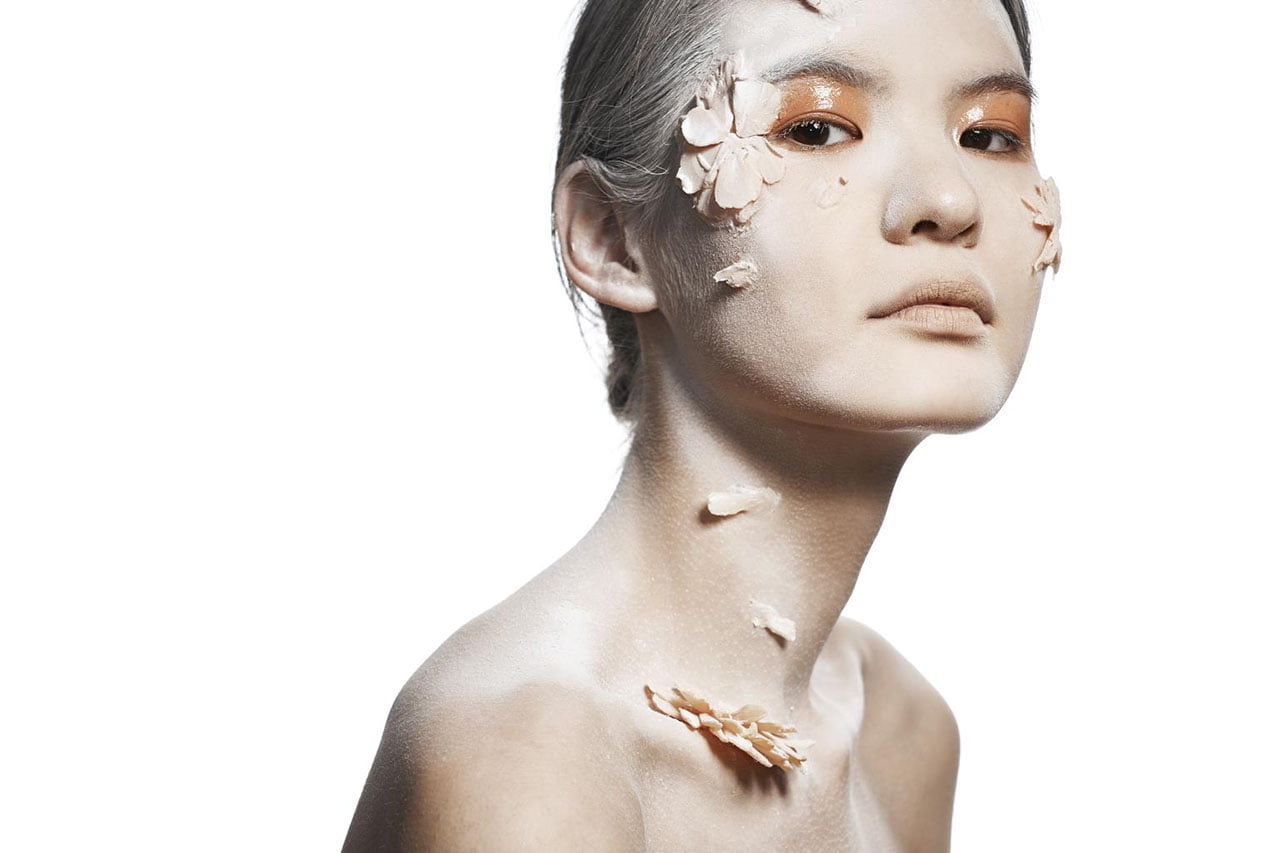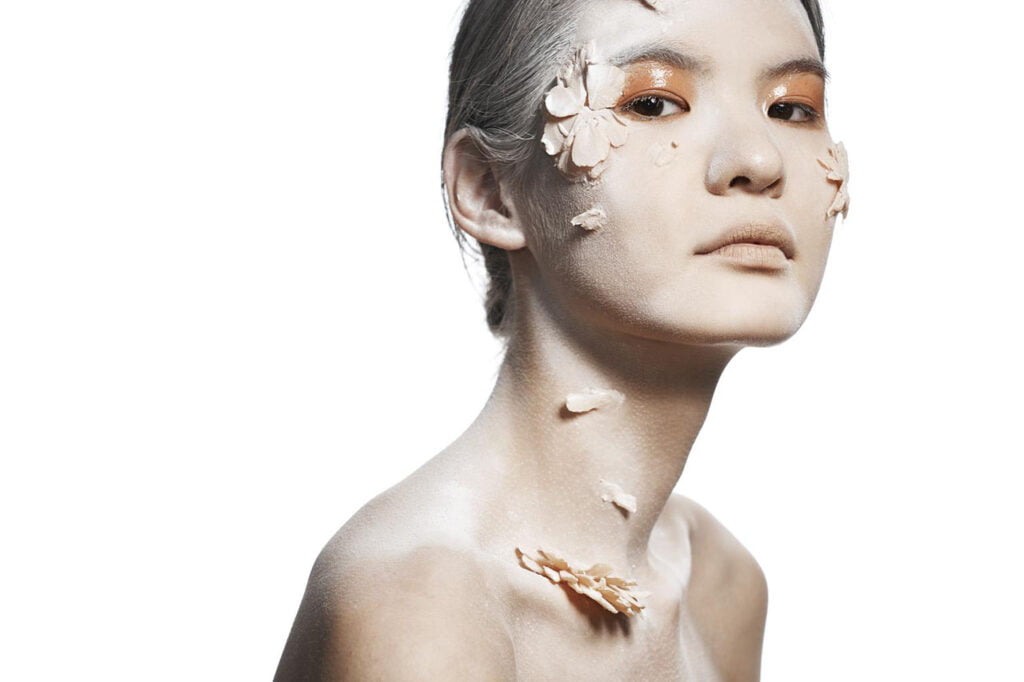You may have noticed that most of the people you pass on the streets of Ulaanbaatar are young adults. This is no coincidence—it represents our demographic reality. Young adults (18-34) make up one third of more than half Mongolia’s population. For this reason, Mongolia today is sometimes known as the “youthful country.” Everybody in our fast-developing country, especially these young people, is eager to be the best they can be and prove themselves in their chosen fields of endeavor. The young are carrying out their plans to achieve their dreams, which as a whole may be the future of Mongolia. Their successes, as well as their failures and defeats, are inspiration and motivation for the next generation.

ALBATROSS
Altankhuyag Dugaraa, Mongolian State Honored Performer, Second Soloist at Boston Ballet and Head of Mongolian Ballet Development Foundation
“Communicating the mental and psychological world through movement, dancers who can awaken every single cell in their body through just one movement express the empathy and forgiveness of the human soul through the inner strength and bursts of energy of dance,” said ballet dancer D. Altankhuyag. He was commenting on the ballet show featuring internationally acclaimed artists that is organized annually by the Mongolian Ballet Development Foundation. For Mongolians, who love and value art, his name evokes both pride and respect. Born in Khovd, the most multi-cultural province in Mongolia, Altan was recognized at a young age while dancing a Mongolian folk dance. His talent, passed on to him by his dancer father, opened many doors to him, from the Mongolian State Academic Theatre of Opera and Ballet to the Asami Maki and Komaki Theater of Japan and America’s Boston Ballet. D. Altankhuyag was also one of eight dancers chosen by French ballet choreographer Roland Petit to tour the world 10 years ago. Now serving as Cultural Ambassador for Mongolia, Altan, as he is known, has been focused most recently on developing ballet to a new level in Mongolia by organizing “A Night of Ballet” international ballet festival annually, performing “The Nutcracker” during Christmas every year, and run- ning his own ballet school.
More generally, Ulaanbaatar is never short of exceptional performances for those who love classical music and dance. Aside from D. Altankhuyag, dancers such as D. Odsuren, winner of the 2012 German Theater Oskar for Outstanding Ballet Performance, B. Tsolmonbud, who has been working in dance theater in Korea, and of course the talented dancers of the Mongolian State Academic Theatre of Opera and Ballet all contribute to the directing and organizing of modern dance performance in Mongolia. And as to classical dance, the State Academic Theatre features world-famous works every weekend. As the State Academic Theater’s former director B. Sergelen explained to the New York Times: “ We like to keep to tradition. People ask me why I don’t focus on modern art forms. In my opinion, there are two types of theater in the world: One preserves while the other transforms. My objective is to preserve.” The State Theater holds true to this goal to this day.

NOMADIC DESIGN, MINIMAL RHYTHM
Ariunaa Suri, Designer at ARIUNAA SURI
The Mongolian fashion world is young but full of trends to show the world, often borrowing designs from traditional nomadic garments and accessories and adding contemporary Western elements. From designers at national brands such as Torgo Salon and Goyo, to Tsolo Munkh, a designer working in Paris, and D. Ovdogmed, a designer living in Italy, Mongolian fashionistas are more and more integrating their nomadic Central Asian heritage with modern manufacturing technology and global style trends. Yet their designs are mainly made using Mongolian materials like wool, cashmere, and sheepskin, making them organic products. Designer Ariunaa Suri, who studied fashion design in Germany, also incorporates organic materials into her designs, which stand out for their integration of East and West. Ariunaa Suri was the first designer to show her fashions on a water-covered runway and the first Mongo- lian designer to be featured in Mercedes Benz Fashion Week Tokyo as well as the pages of Vogue magazine. Her fashion house, ARIUNAA SURI, is based in her home country, but has already focused on foreign markets with collections sold in Japan, France, Germany, Austria and Hungary and continues to introduce seasonal collections. Her simple yet mysterious designs are perhaps a result of her deriving inspiration from the environment and natural phenomena. In other words, organic and minimal designs are her signature. The 2016 Fall/Winter collection, which preserved nomadic clothing characteristics while featuring pictures of the Mazaalai bear endemic to the Gobi, seems to be a manifestation of her brand’s vision.

A MAN WITH A CAMERA
Byamba Sakhya, Cinematographer and Busan Film Festival Award winning Director
Living in a tiny room near the capital city, a boy named Tsog makes a living by selling milk from his neighbor. The trials Tsog faces over a period of a few days, his dreams and passion, and his encounter with first love are shown in Remote Control, a film with a simple narrative but that is full of insightful context and symbolism. Byamba Sakhya directed the film, which won the New Currents Award at the 18th Busan International Film Festival. It’s not the first time this talented director has used his art to reflect the current social situation of Mongolia, its traditions, innovations, adaptations, and emulation through the character in an artistic manner. Since graduating as a cinematographer from the Russian Film Institute VGIK in Moscow, he has been involved in more than twenty films and documentaries as cinematographer, director, writer and executive producer. Some of his notable works, including State of Dogs, Poets of Mongolia, Alag Urs, Khadak, and Passion were nominated for awards at the Venice, Cannes, Amsterdam, Toronto, Neon, Yamagata, and San Francisco Film Festivals and have aired on France’s ARTE and Japan’s NHK channels.
Among the films that S. Byamba has directed or participated in, two motion pictures feature characters during a shift in society, whose dreams and loneliness are clearly portrayed along with their hope that never dies. Emerging as a filmmaker in the wake of Soviet- era propaganda films into the scattered Mongolian film industry of the 1990s and the influx of comedy beginning in the 2000s, Byamba and his films will, without a doubt, set an example for a new generation of young cinematographers and directors who wish to create films of artistic value.
MONGOLIAN MODEL
Model Bayarkhuugiin Yalguun
Yalguun, one of Mongolia’s top models, stands out from others in the fashion industry with her simple charm. There are almost no brands in Mongolia that she has not represented. Having already gained a lot of experience on the international stage, she dreamed of becoming an actress since she was five years old, but she started her first steps in this industry during her high school when she got registered with a fashion agency. B.Yalguun fell in love with the fashion industry while taking part in the show by designer Ariunaa Suri at the Mercedes Benz Fashion Week in Tokyo. At age of 19, she graced the cover of the prestigious Hong Kong magazine Jessica.
In addition, she has posed for photo shoots for Indonesian Elle, Harper’s Bazaar and Cosmopolitan, and has modeled Italian Stella Jean and Georgian brand Situationist during Milan Fashion Week.
 DREAM NOT SO FAR AWAY
DREAM NOT SO FAR AWAY
Ganmaa Davaasambuu, professor at Harvard University
Many policymakers believe that a knowledge-based economy driven by science and technology is the best gateway to development. Acting on that belief, the Mongolian Ministry of Education, Culture and Sciences launched an effort to fully support students wishing to study abroad in these fields and provide a technological incubator to use upon their return to Mongolia. The future they hope to build is not very far away, given the Mongolian researchers working at some of the best research centers around the world—including Harvard University, MIT, Johns Hopkins University, and McGill University. One of those researchers is D. Ganmaa. After graduating from the Mongolian National University of Medical Sciences, she worked as an army doctor before earning her PhD in Japan. Her research is featured in the article “Modern Milk” published in Harvard Magazine, which starts with her saying “The milk we drink today may not be Nature’s perfect food”. Her pilot study on the correlation be- tween cow milk hormones and the health of consumers, and vitamin D, which she started while working on her PhD, has been ongoing for the 10 years since. America’s National Institutes
of Health, one of the world’s leading medical research centers, is set to grant $3.2 million to Ganmaa’s project team. “We will study the influence of Vitamin D fortified milk on the growth of children,” she explains. During the first stage of D. Ganmaa’s project, her team will stabilize the vitamin D needs of ten thousand children. Although Mongolia is known as the land of blue skies, her research concluded that we don’t get enough vitamin D from the sun. She is working to validate her hypothesis that the eradication of vitamin D deficiency can lead to elimination of as many as 7 of the 10 fatal diseases in humans.





